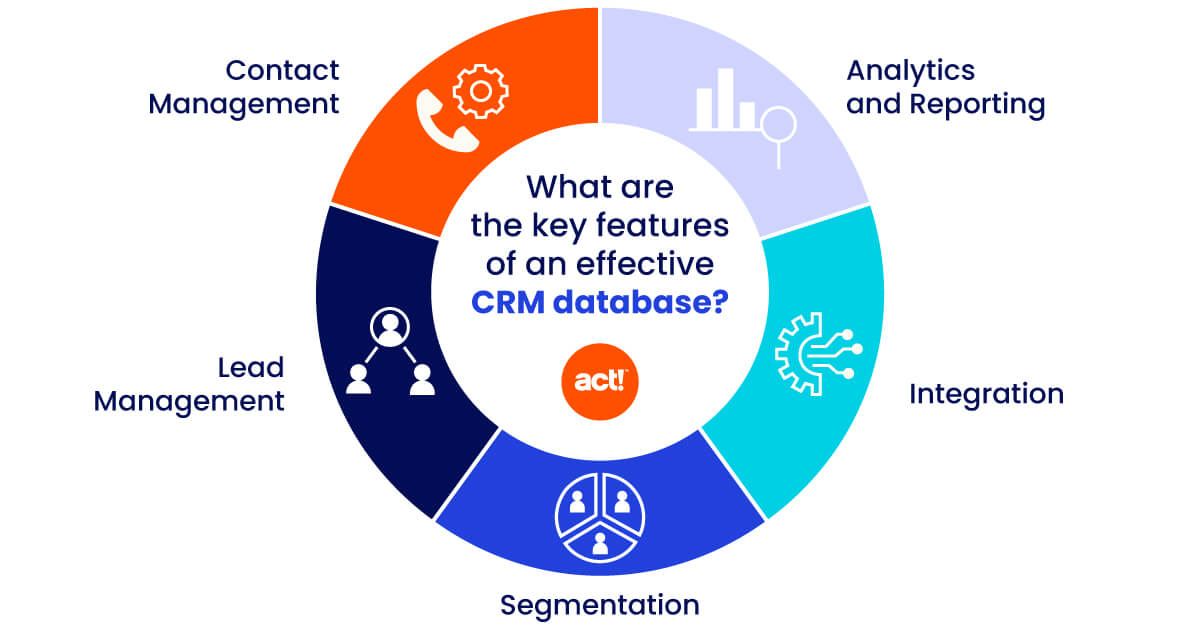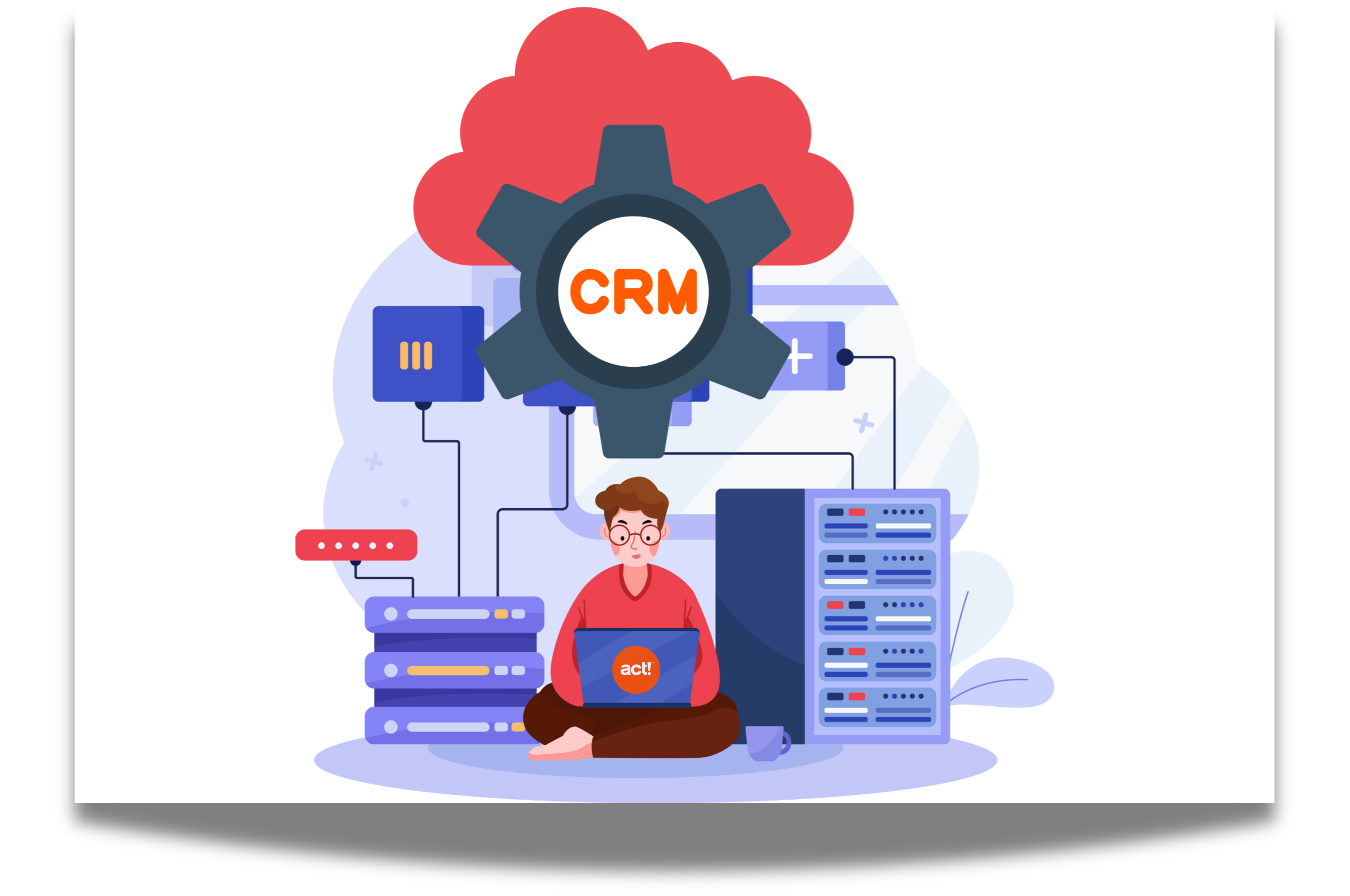Long-lasting client relationships are the lifeblood of any successful business—whether it’s a SaaS platform or a service-based business. The first step in building those long-standing relationships is to collect customer data and make it readily available to various departments, including marketing, sales, and support. The data can help you personalize your offerings and delight clients.
But here’s the thing—collecting customer data isn’t as simple as storing it in a few isolated notes or spreadsheets. The key is to store it in a structured format, and a customer relationship management (CRM) database helps you achieve just that.
In this article, we’ll take a closer look at what a CRM database is and understand its benefits. We’ll also discuss the key features of customer relationship management database software and the steps to build one for your business. Let’s get right to it.
What Is a CRM Database?
A CRM database is a centralized system for collecting and storing customer data, such as personal details, purchase history, and service interactions. It serves as a single source of truth, providing teams with a holistic view of customer interactions through a customizable dashboard.
With a CRM database, marketing, sales, and support teams don’t need to switch between multiple tools to track customer interactions. Instead, they can access and analyze all relevant information in one place, minimizing silos between departments.
If you’re using Excel or basic spreadsheets, a CRM database is a significant upgrade. Modern CRM solutions automatically collect and update data from multiple sources, ensuring consistency and eliminating redundant information. They also provide automation features for marketing campaigns and sales workflows, reducing manual administrative tasks and increasing productivity.
What Does a CRM Database Include?
A CRM database captures various types of customer data, such as:
- Personal details (name, address, phone number)
- Purchase history
- Source of acquisition (how they discovered your business)
- Online behavior (website visits, social media engagement)
- Sales and support interactions
- Additional preferences (hobbies, interests, birthdays)
The key is collecting relevant data that directly benefits your business and enhances customer relationships without overloading your system with unnecessary details.
Key Features of an Effective CRM Database

A high-quality CRM database includes the following features:
1. Contact Management
- Stores and updates customer details automatically
- Consolidates interactions from multiple communication channels
2. Lead Management
- Assigns new leads to sales team members automatically
- Tracks progress in the sales pipeline with follow-up reminders
3. Customer Segmentation
- Groups customers based on demographics, purchase history, or behavior
- Helps tailor marketing messages for better engagement
4. Analytics and Reporting
- Tracks key sales and marketing KPIs
- Generates reports with charts and graphs for actionable insights
5. Integrations
- Connects with email marketing tools, e-commerce platforms, social media, and accounting software
- Eliminates the need for manual data transfers
1. Define Your Goals
Ask yourself:
- Do you want to streamline marketing, sales, and support workflows?
- Are you focused on understanding customer needs and behavior?
- Is information siloing a major issue in your organization?
Your answers will help determine whether you need an Operational CRM, Analytical CRM, or Collaborative CRM.
2. Identify Data Requirements
Determine the essential customer data points, such as:
- Personal details and contact information
- Purchase history and behavioral insights
- Customer service interactions
3. Choose Data Sources
Pull customer data from:
- Marketing, sales, and support teams
- Accounting and transaction records
- Social media and customer feedback surveys
4. Select the Right CRM Software
Compare on-premise vs. cloud-based CRM solutions:
- On-premise CRM: Secure but expensive and harder to scale
- Cloud-based CRM: Cost-effective, scalable, and accessible from anywhere (e.g., Act! CRM)
5. Implement and Integrate Your CRM
Ensure your CRM syncs with existing business tools, such as:
- Email platforms (Gmail, Outlook)
- Social media (Facebook, LinkedIn, Twitter)
- E-commerce platforms (Shopify, WooCommerce)
- Productivity tools (Slack, Trello, Microsoft Teams)
Choose the Best CRM Solution for Your Business
A well-structured CRM database helps businesses streamline operations, improve customer experience, and boost sales efficiency. Investing in the right CRM ensures that your business can scale without losing touch with its customer base.
Act! CRM provides essential features like marketing automation, pipeline management, and segmentation, making it an ideal solution for businesses looking to optimize their customer relationships and sales workflows.
Get Started with Act! CRM
Build a powerful CRM database and take your customer relationships to the next level. Start your 14-day free trial with Act! today to see how it fits your business needs.

